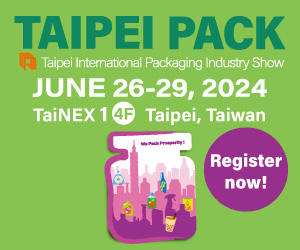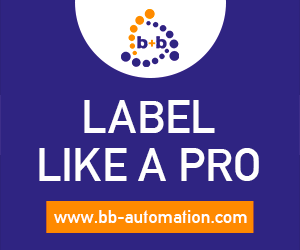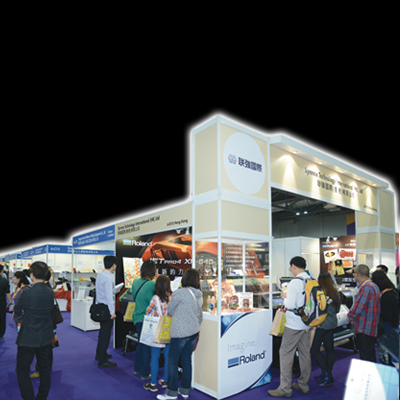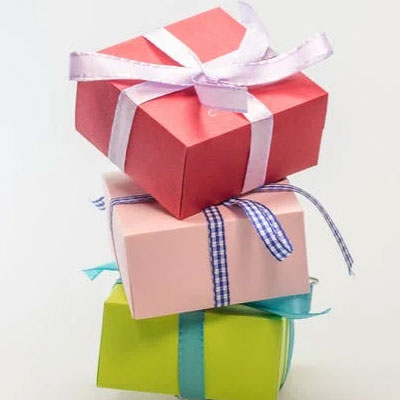Articles
Top 7 Innovative Sustainable Packaging Trends 2020
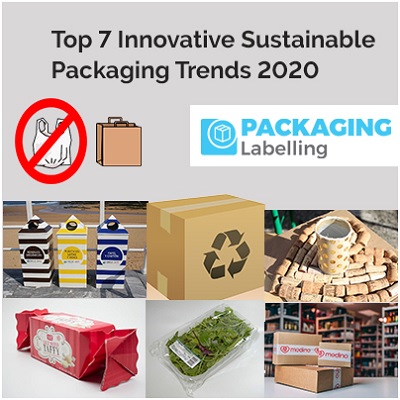
Sustainable packaging plays a vital role in maintaining the shelf life of the product and in reducing the adverse effects on the environment, which is eminent with the use of non-biodegradable plastic materials for packaging. Remove, Reduce, Recycle, Renew, and Re-use are the five R's of sustainable packaging. Besides, it also reduces the ecological footprint, which in turn provides a platform for a healthy and eco-friendly methodology for packaging. The applications of sustainable packaging are almost in all industry verticals, but it has found a major stake mainly in the industries such as food and beverages, wholesale, retail trade, FMCG, healthcare, etc. This novel concept of packaging has also brought in new dimensions for innovations giving a whole lot of opportunities for the entrepreneurs to discover different unexploited dimensions in this field. The sustainable packaging industry offers a wide range of opportunities for the suppliers as well as for the manufacturers.
In this article, let's explore some of the best innovative sustainable packaging trends 2020.
A) Recycling
For several years, sustainable packaging has been in the spotlight, and in 2020, it's not going to be any different. The focus be will be more on utilizing 100% recyclable packaging materials. That's the reason why few companies encourage their customers to recycle bottles. It's one of the great ways to extend the life of previously used materials. Consider using packaging that's made out of recycled materials when deciding on mailers, boxes, or containers. One of the most common examples of recycled packaging is paperboard cardboard. As we all know, paperboard is made using used paper pulp; it's also lightweight and can be easily cut and formed. Hence, it's ideal for use in shipping boxes.

Besides, you can also opt for mailers and containers that are made from previously used plastic materials such as single-use bottles and bags. The recycling facility is where the plastics are processed, and put back into circulation in the form of packaging supplies.
B) Minimalism

This is one of the latest trends in packaging design and will continue to be a popular trend. Due to its clean look, simplicity, and clear emphasis on what the product is/does, the minimalist aesthetic is pleasing to the eye. Sustainable packaging will include minimalism as it's eco-friendly and biodegradable. Minimalism means reducing packaging materials and designs. The minimalist designs allow consumers to focus more on packaging prints, which encourages recycling the products and reusing them. Minimalist packaging has proven to have a huge influence on consumer buying choices.
Paper is a prevalent material type in the packaging market. Not only it is cheap, but also more sustainable. It also causes little to no damage to the environment and can be repurposed and reused. Paper can be recycled and produced without the usage of a lot of harmful chemicals, unlike bottles, plastic, cans, or styrofoam. Kraft and SBS or Solid Bleached Sulfate are the two paper materials that are not only good for high-quality packaging but still eco-friendly.
|
Also Read: Sustainable Packaging: Meeting Environmental Goals in B2B Supply Chains |
C) Upcycled Packaging Materials
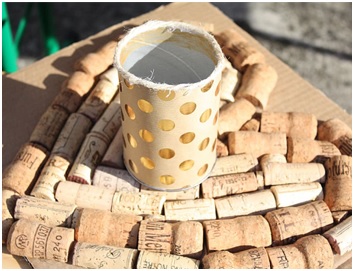
Using upcycled materials reduces waste on our planet. Consumers usually get more attracted to products made from post-consumer waste materials. The production of these packages is eco-friendly and inexpensive. Few companies also use upcycled materials to encourage consumers to make sustainable choices. The upcycling process takes earlier used products and converts them into new products.
Unlike recycling, upcycling reduces, and in most of cases eliminates the need for extra energy and natural gas consumption in the supply chain. Moreover, upcycling makes every effort to not use new materials to improve the finished product. The upcycled objects are of equal or greater quality and value than the original. A real-life example where we can use upcycled materials is using the cloths from old flour or rice bags and turning them into shirts, headbands, etc. Instead of outsourcing their used products to be upcycled, businesses can also upcycle as part of their merchandise creation. Even though upcycling is an environmentally beneficial option, recycling still has many advantages and is far more useful in sustainability efforts than throwing things into the bin.
D) Smart Packaging

With technology emerging, things have become effortless, which makes customize packaging and CRM branded packaging companies have an easier time in their activities. Smart packaging reduces wastage, mainly in the food packaging industry. The indicators will let you know when the food is fresh or when it doesn't suit for consumption. Brands must focus not only on the functionality of the packaging but also on how consumers will view the packaging in terms of sustainability.
Some smart packaging can give consumers additional information, interact with retailers and manufacturers, guard against theft, or follow a product's journey during transit. These technologies will offer brand-name companies an entirely new way to interact with consumers in the future. Manufacturers will even have greater access to end customers. Communication will become more personal and more individualized through smart packaging.
E) Bioplastics

These days a lot of companies are shifting their trend from plastics to bioplastics. This signifies they don't have to depend on fossil fuels, which need more energy to extract and process. The fossil resources are non-renewable. Bioplastics are more favorable and kind to the environment as they are made from annual crops like cassava, sugar beets, corn, and sugarcane. The bioplastics reduce greenhouse emissions and can be carbon neutral. Besides, they also increase resource efficiency. They have the potential to address a few of the most prominent challenges posed by conventional plastics.
The rigid bioplastics are used for cosmetic packaging of creams, compact powders, beverage bottles as well as lipsticks. Some famous brands, such as Coca-Cola, Heinz use bio-PET for bottles of all sizes containing sparkling drinks and other, non-gaseous fluids. Several different bioplastics are used for flexible packaging solutions. When it comes to food packaging products for perishables, biodegradability is a feature often sought. The biodegradable food packaging was the first successfully commercialized bioplastic product that was certified as industrially compostable. Fresh produce such as fruits and vegetables are ideal to be kept in films and trays as they remain fresh and enable longer shelf life. Besides, confectionery such as chocolate and biscuits, or dry food, such as muesli or tea are now eventually being packed with bioplastics.
F) Returnable Packaging
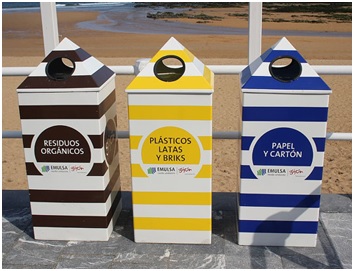
The returnable packaging trend has many benefits. Returnable packaging can be reused without damaging or changing its productivity. Reusability in packaging is a critical factor when considering the environment. Reusability lessens disposal costs for consumers and reduces waste. This is not only helpful to customers but also to the planet. Most of the products used in returnable packaging are recyclable, which makes this trend sustainable and eco-friendly. This is one of the cost-effective and environmentally friendly alternatives for customers who have a wide range of goods with a limited number of distribution points.
You are replacing a one-way packaging with a returnable solution if you're implementing a reusable packaging system. We can considerably reduce the impact on the environment by using a returnable or reusable packaging solution.
G) From Plastics to Paper
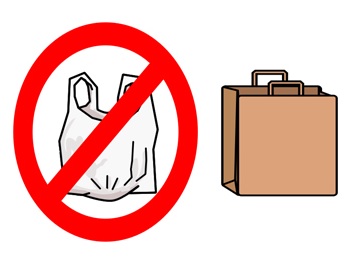
As sustainability concerns rise and spread globally, the use of plastics has come under deep scrutiny in recent years. While the paper is often considered as a far more environmentally friendly alternative, the question arises that how do these two materials compare and which is the most sustainable solution?
As we all know, compared to plastics, paper-based packaging is more eco-friendly and also versatile. For a long time, they have been used in flexible packaging for several applications, including dried food, confectionery, and pet food. However, the demand for paper as a flexible packaging substrate started to decline because of the competition from down-gauging and the rise of plastic alternatives. Now, with the common public as end-consumers demanding more sustainable packaging solutions, paper-based flexible packaging is rising in popularity after so many years of declining demand.
In contrast to plastic, the paper is far more biodegradable than plastic and very easily recycled. But, the problem with it is it often ends up in landfill, where it's degradation rate slows. Besides, paper-based flexible packaging becomes non-recyclable, when it's frequently laminated with plastic/aluminum or coated with resin. Be it paper or plastic, the most sustainable substrate will depend widely on the application. However, regardless of the substrate, the primary focus should be on reducing all single-use packaging.




